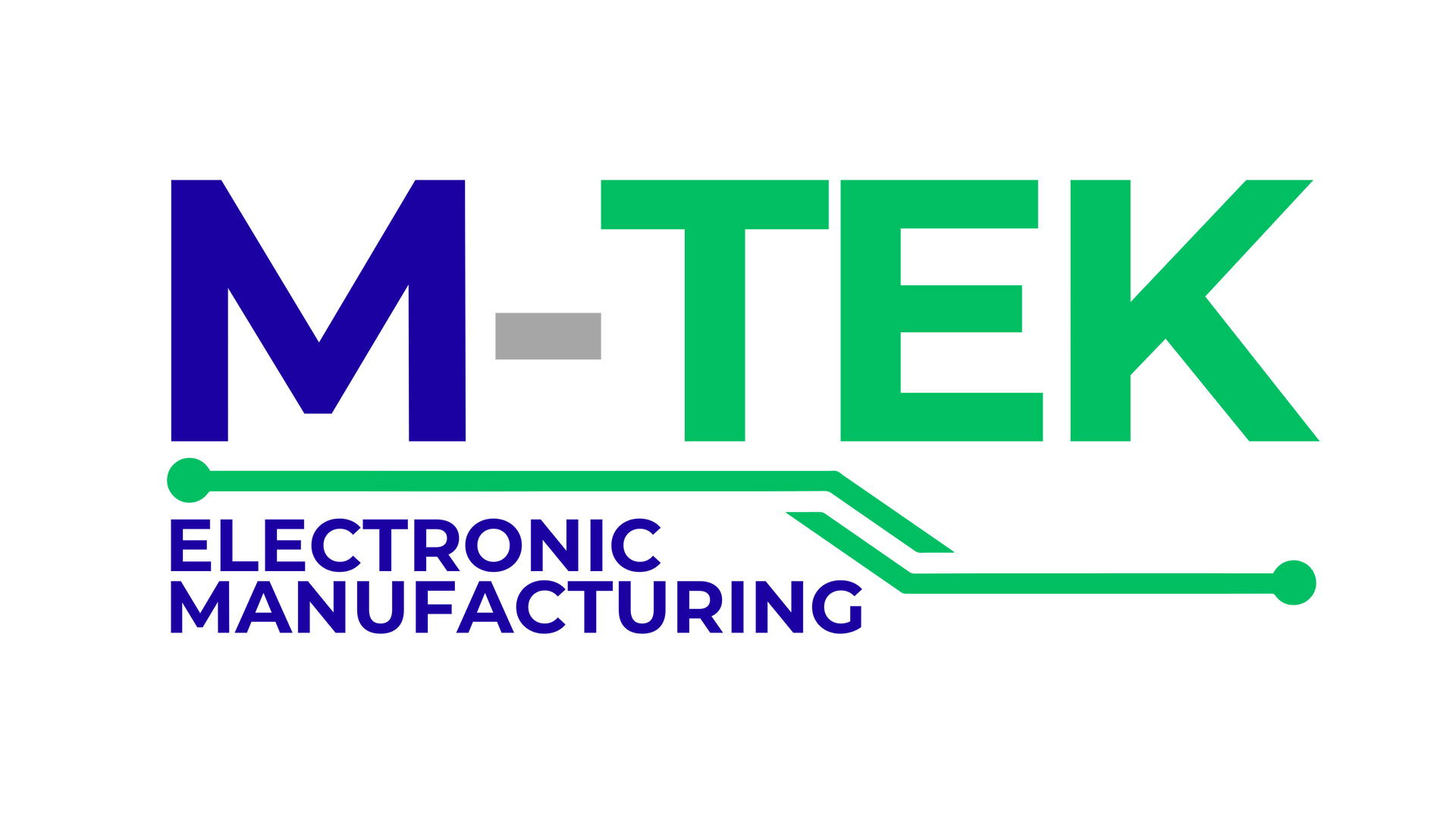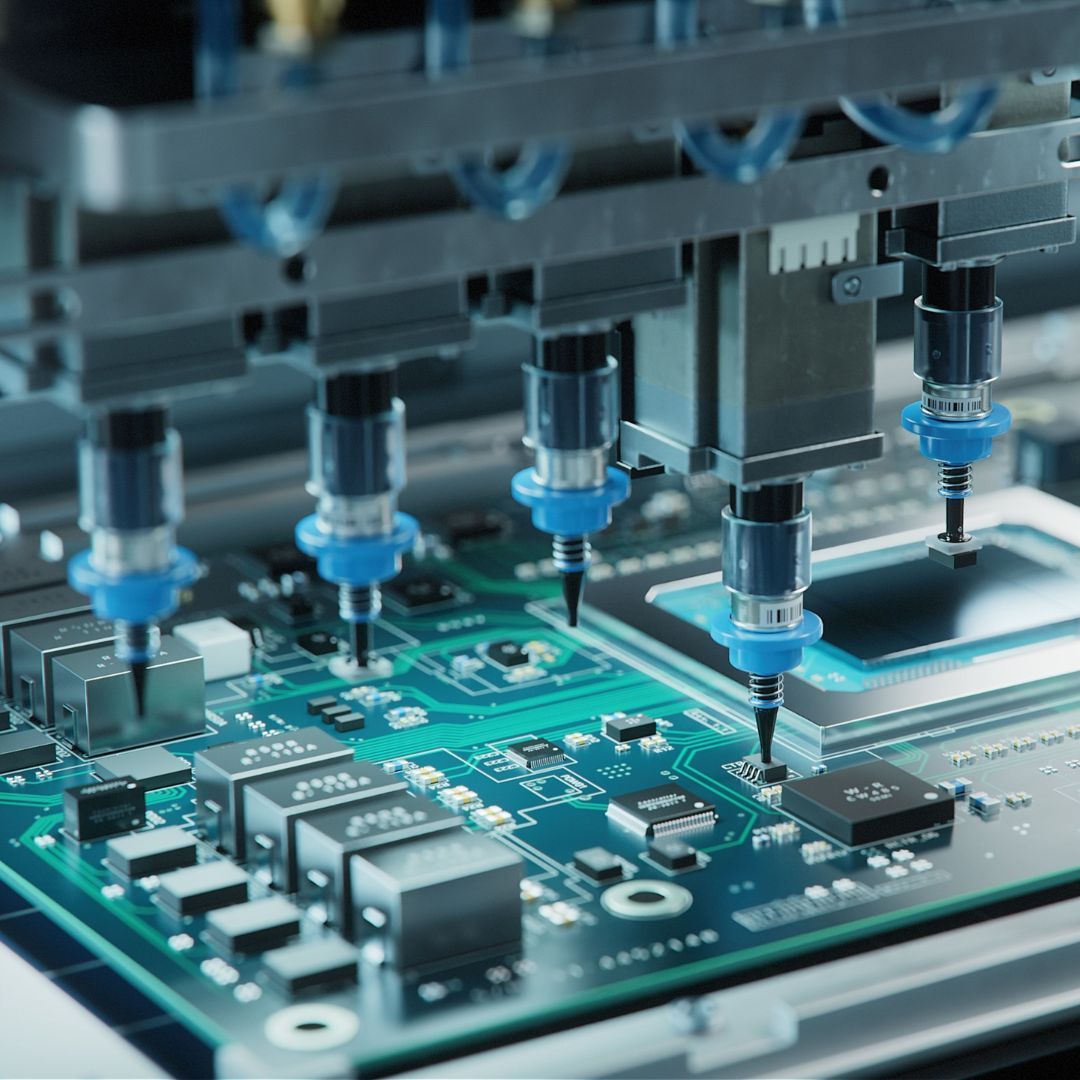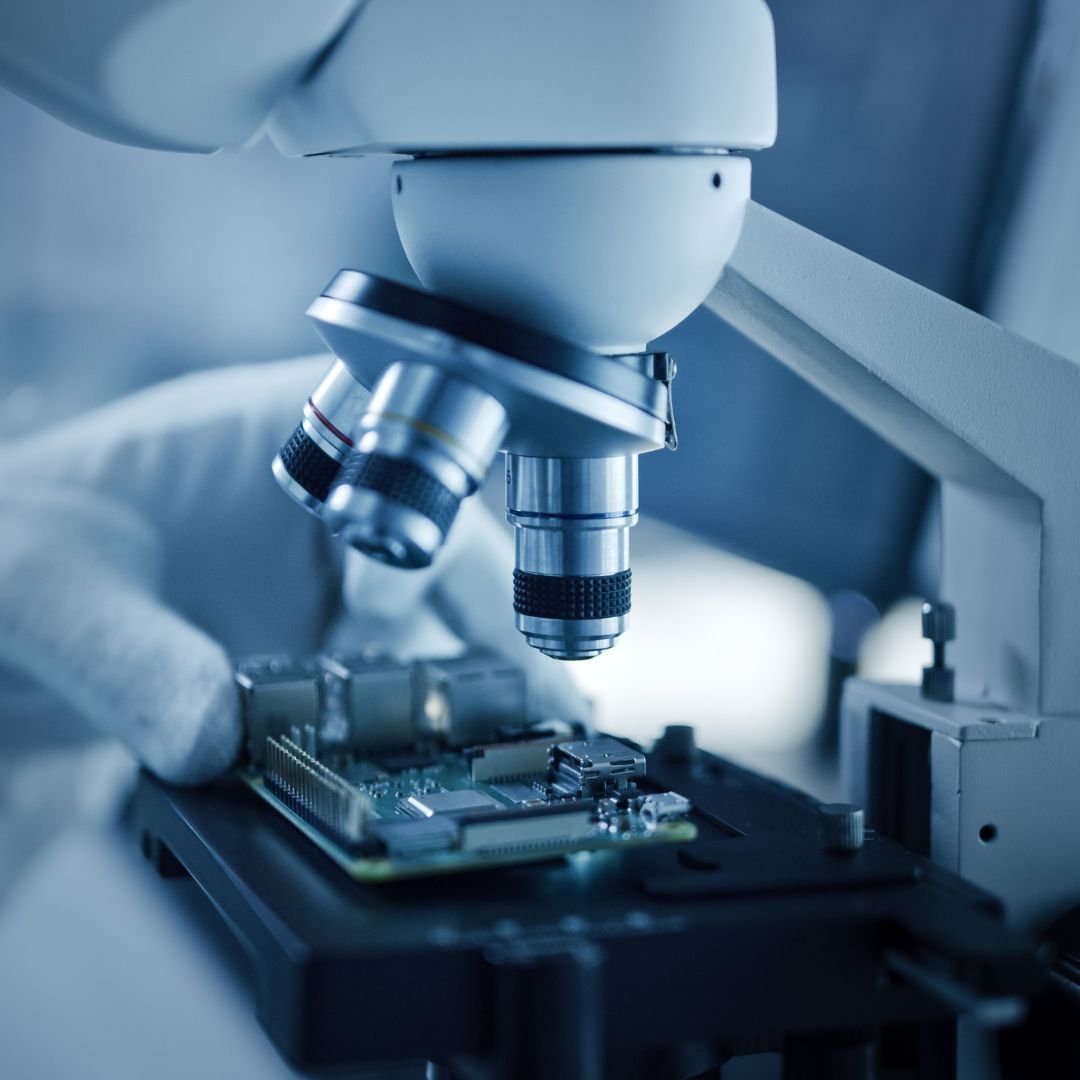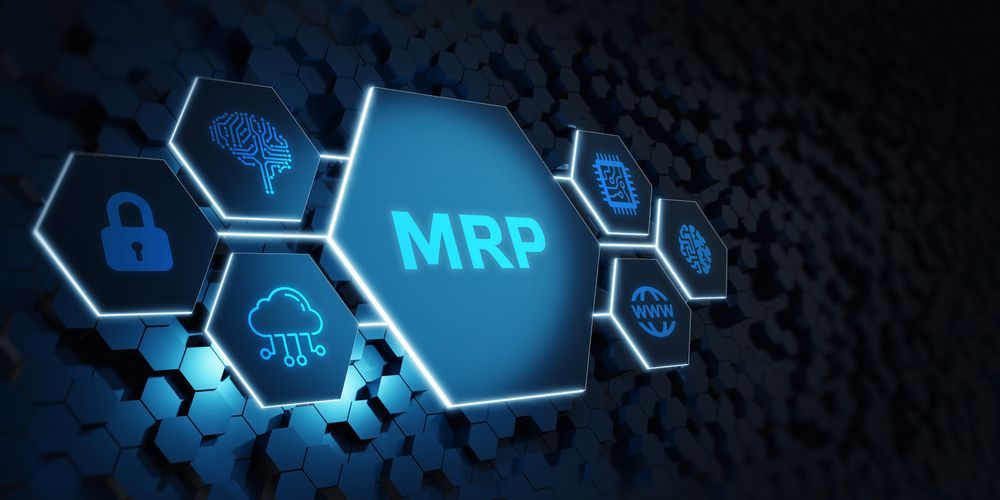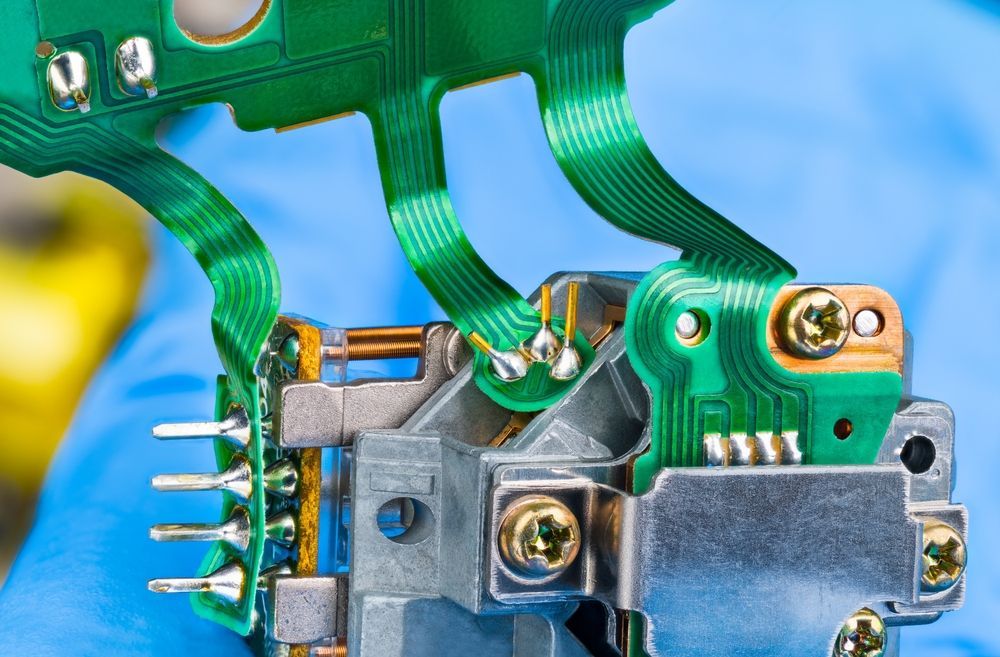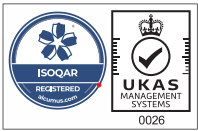What is the Difference between Traditional and Rapid Prototyping:
Prototyping is a process that creates a product model to be tested in a real-world environment and serves as a basis for what the final product will look like. The quality of the prototypes is crucial for the precision of the manufacturing process, especially in industries such as automotive, medical and aerospace. But, what is the difference between traditional and rapid prototyping?
What is Traditional Prototyping?
Traditional prototyping has been used for decades to develop, design and create accurate models of various products. This method of prototyping can take years of training and also takes hours to complete. Tools such as CAD software, skilled machinists, pen and paper are all able to construct temporary prototypes of complex components with only a basic blueprint. This method allows machinists to build a whole or partial model quickly with careful examination.
Though the prototype may not function as intended, the primary components can be presented and evaluated for customisation if needed. Extra prototypes can also be created using different material and machining techniques, to give you a better understanding of what is best for your final product.
What is Rapid Prototyping?
Unlike traditional prototyping, rapid prototyping has a completely different approach to creating 3D models and components. In the rapid prototyping process, the chosen materials are milled on a CNC machine or made using industry software with 3D printing stereolithography capabilities.
It is the more complex version of the two prototyping options, as it can make almost identical prototypes as opposed to a more simple mock-up that comes with traditional prototyping. Rapid prototyping helps to visualise digitally rendered products before they are sent to production. It is also a great way of testing out ideas and designing concepts more quickly.
The Benefits of Rapid Prototyping
Rapid prototyping has multiple advantages, one example is that it provides you with an enhanced ability to produce 3D additive manufacturing on a scaled model of assemblies. It achieves this without the involvement of process planning and tooling, helping to cut costs and reduce waste. Other advantages include:
- Being eco-friendly thanks to a paper-free approach
- Better speed control
- Improved machining precision
- Enhanced material compatibility
It is important to remember that a prototype is a learning process for visualisation and customisation. It is not the final product.
About M-Tek
By choosing M-Tek for your rapid prototyping and PCB service needs, you will also be doing your part to save the planet. We have achieved a net-zero carbon footprint from our use of electric vehicles, and for every circuit board we build, we plant a tree! Get in touch with one of our experts for help with your SMT and PCB assembly today. Call us on 01189 455377, or follow us on Twitter to stay up to date with our services.
